By Tim Owen
A Beginners’ Guide to
Collecting and Restoration:
Part 5: Shooting Muzzle Loaders
First published in the Winter 2015 issue of Black Powder, the magazine of the Muzzle Loaders Association of Great Britain
Shooting our old guns is for many of us the next logical step from collecting. In principle it ought to be possible to shoot any gun that was originally made to be used, but in practice it is unlikely that anyone would try to shoot highly decorated pieces that were primarily for presentation or are extremely rare or of great value for fear of damage. For most antique guns, however, it is the condition of the gun that determines if it can be fired and if sound, it is for the owner to decide to what extent any wear and tear on the gun that may result from use is justified by the knowledge and pleasure that they get from the experience. The possible damage and wear depends, of course, upon the level of use, which in turn will depend on the type of gun. Taking a duelling pistol to a range and firing off a few shots to see how easy it is to lift, aim at and hit a man sized target at 15 paces in a hurry (less easy than you might think!) won’t put much wear on a pistol in good condition, whereas regular shooting at clays or game with an original flintlock or percussion gun in all weathers may well cause enough wear over time to be a material factor, especially if the gun is valuable, although having said that, many of us still think it worthwhile. Following on from previous articles, this article concentrates on flint and percussion sporting guns, as this seems to be an area of increasing interest, to judge from the interest shown at auctions in shootable antique late flint and percussion sporting guns. If your ultimate aim is to shoot flintlocks, then you might start with percussion guns as that will put off the complexities of flintlocks until you are familiar with muzzle loading in general. Remember that this series is aimed at beginners, so I will try to cover the basics for anyone thinking of moving from passive collecting to dip a toe in the more active side of our hobby.
This single 16 bore converted flintlock by Henry Nock had had the barrel shortened and needed cleaning up but after lapping of the barrels it is a fine, light ( 5 ¼ lbs) covert gun that is a real pleasure to shoot with lightish loads – typically 2 ¼ drams of black powder and 7/8 oz of shot. It makes an ideal gun for youngsters as its also short in the stock – about 13 inches pull. Holts £508 inc.
How to begin? The best way, in fact almost the only way for many people, is to find a group that is already shooting old guns and tap into their knowledge. That way you will at least have somewhere you can shoot your gun, and access to help and advice from people who, hopefully, know what they are doing. If you intend to shoot rifles or pistols you will almost certainly have to join a club to get access to an approved range, which is likely to be a condition of the firearms certificate that you must have in order to possess a Section 2 *firearm ( a rifle or a muzzle loading pistol that you intend to shoot). For shotguns you need to put an antique gun on a Shotgun certificate before you shoot it (at which point it becomes a Section 1 firearm) and you can then shoot it on your own or other peoples’ land if the police deem it suitable, although this restriction is usually lifted on renewal of your licence. Some, but not all, shooting grounds welcome or tolerate muzzle loaders although some are not happy with the much louder noise black powder muzzle loaders make (the guns, that is, although one or two individuals in our club can be quite noisy)– you should check beforehand (the grounds not the individuals!) You can find basic information on shooting muzzle loaders and about clubs from the MLAGB but you may have to travel quite a way to your nearest club. Several members of the Anglian Muzzle Loaders travel more than an hour to get to our monthly shoots, and we do get occasional visits from some who live 4 hours travel away.
This pretty 14 bore gun by Samuel Nock had mismatched cocks and a replacement trigger guard, it needed new cocks, some lock work (see www.cablesfarm.co.uk) and the barrel browning and now shoots well. The stock is a beautiful piece of wood. Holts £508 inc.
Assuming that you have a gun to shoot , or are thinking of getting one, what are the basics to look for? Obviously the condition of the barrel is paramount, and that includes the condition of the bore (you’ll need a borelight), the outside of the barrel, including any signs of severe corrosion that might be hiding under the ribs, the breech block and most importantly the thread in the nipple hole, or the touchhole – get an expert opinion if it isn’t all in pristine condition. With a shotgun, make sure there is still enough metal round the muzzle – if it looks paper thin the barrel is probably unsuitable, but beware that many old guns have had their barrels cut down to loose the thin bit – look for a lip to hold the ramrod in, and check that the last ramrod pipe isn’t so close to the muzzle that you can’t flex the rod to release it. Its unlikely nowadays that you will lay hands on a gun with an ‘as new’ barrel, so it is a matter of judgement as to whether the barrels are up to shooting – you will have to clean them thoroughly ( Plusgas or paraffin if oily) and a bronze brush or a steel ‘turk’s head’, or as a last resort run a piece of ½ inch dowel with slot cut in the end and a strip of 600 grade cloth tape– no coarser, up and down the barrel with an electric drill a few times, changing the paper often, then do the same with 00 grade steel wool on a worm. Or see Beginners’ Guide No 2 for details of electrolytic de-rusting. Its unlikely that you will get the bore shiny, but you should aim to be able to see there are no deep pits. With a barrel in reasonable condition it may be worth having the barrels lapped professionally – it costs around £50 per barrel and includes a check on the wall thickness, so will highlight unsafe barrels – see table of useful links. Some shooters always remove the breeches of new guns before using them, but this is often a rather fraught job and is frequently avoided unless you want them lapped. You will certainly be well advised to clean into the powder chamber with a small extension on the cleaning rod, and clear the breech channels by pumping water through the nipple hole, as you will when cleaning the gun after shooting. If you are dealing with any old muzzle loading gun don’t overlook the possibility that it may have been left loaded by someone in the past – I recently purchased a pair of pocket pistols, one of which was still loaded, presumably from about 170 years ago-it would probably have fired too!
Late percussion 15 bore signed D.Egg London with Birmingham proof marks. Possibly spurious signature, but anyway probably made in Birmingham after Durs Egg died in 1831, maybe when the business was run by his son Joseph when it still traded under the Durs Egg until 1934 although lots of guns were falsely signed with the names of famous makers to increase the price. This shoots very well at clays with 2 ½ drams of Czech powder and 1 oz of No 8 shot with 16 bore lubricated wads from Henry Krank. It could take 2 ¾ drams and 1 1/8 oz of No 6 shot for game.
Top view of D Egg showing fine Twisted Stub barrel. Purchased from Holts for £650.00 inc. This decent quality late percussion gun represents good value as a shooting gun.
The lock is the key to functioning, and also safety – you need to check that the action is crisp, and that the cock pivot is not sloppy. Check that the half cock position is completely secure and that it can’t be fired in that position by a trigger pull – some guns I’ve bought have had their tumblers badly reworked so they are not safe – never use a gun without a robust half cock position in case it goes off while you are capping or priming it. Obviously you’ll need to take the lock off to check the inside. Check that the trigger pull on full cock is reasonable – not so light it can fire on a bump or if the other barrel is fired first. The cock itelf needs to be in reasonable condition, with the ‘skirt’ of a percussion cock intact to protect you from shards of copper. The nipple itself may need replacing anyway, see below. The stock needs checking for hidden cracks – they can be repaired but it should be done before it breaks in use!
If you don’t already have a suitable gun, one easy way to start is with a reproduction muzzle loading gun, rifle or pistol. These can be bought new for about the same as the cost of a good basic grade breech loader, or good examples can sometimes be picked up at auction for a couple of hundred pounds. This route is particularly attractive if you want to shoot flintlocks, as a genuine shootable antique flintlock may cost you from £2000 to £6000– or more for one with a good maker’s name on it, whereas a Pedesoli reproduction Mortimer 12 bore flintlock shotgun can be bought new for about £1300 and is highly rated by those who know about flintlocks – and it has the advantage that spares are easily and cheaply available. If you do opt for an antique flintlock try to get one made towards the end of the flintlock era when locks had rainproof pans, rollers on the frizzens or frizzen springs and links between the mainspring and tumbler, inovations that made the shooting of flying birds possible. Joseph Manton’s stepped breech, patented in 1792, was about the last innovation in speeding up flintlocks, but guns featuring these are not easy to come by and some do not think it confers any real advantage – expert flintlock shooters find that guns vary in their speed for reasons that are often obscure. There are more options available at reasonable prices if you want to shoot percussion shotguns – a lot of well made Birmingham guns were sold by provincial gunsmiths, and late double guns with back action locks are not so popular with collectors, so that shootable examples can sometimes be bought at auction. A reasonable shootable percussion double will (2015) cost somewhere in the region of £600 to £1600 at auction depending on quality, more for a good maker in fine condition although you might not want to shoot such an expensive gun. If you are just after a gun to shoot you don’t have to have an untouched antique – which opens up opportunities to buy guns that have have had barrels by another maker fitted, or have other obviously non-original parts or the barrels shortened – I have bought several very decent quality shootable guns at substantially cheaper prices than would have been the case had they appealed to serious collectors – some are illustrated here.
This flintlock, signed Twigg, is a good example of a gun of dubious authenticity – the stock was obviously from a rifle, but of about the right vintage, the Birmingham proofed barrel is not original and the engraving on the lock and barrel are suspiciously crisp – but I bought it just for shooting and it goes nicely in spite of the lack of frizzen roller and mainspring link. It has a pristine bore and is a pretty gun so I am happy – a genuine example in that condition would have cost 2 or 3 times as much. Holts £1300 inc.
Once you have acquired an antique that looks suitable, and had an experienced shooter cast an eye over it and have it on your licence, you’ll also need to get a black powder licence from the police and buy or make a regulation wooden box to keep it in. You will also need some other paraphernalia before you can proceed, but its at this point that a friendly club or expert is almost essential, as it is vital to get yourself into good, safe habits from the start. The number of ways things can go wrong and be potentially dangerous is much greater than when using breech loading guns, since with a double gun its easy to put two loads powder or shot or both, into one barrel and none in the other, or to get distracted and forget where in the loading sequence you are – for this reason I always use a dedicated loading rod that is marked with the ‘no load’ position so you can check as you put the overshot card down the barrel that you have the expected load length – and if you have any doubts take out the card and unpack the load using a worm, and start again. If I’m distracted I always make a habit of probing the barrels to check where I had got to. Its better than having a barrel burst, with the risk of loosing an eye or hand.
Assuming you are now ready to start with a percussion gun, and have read up on suitable loads and so on, and you have sorted out where you are going to shoot and got a friendly expert with you, what can go wrong? Assuming that you have done your homework properly, and are starting with fairly light loads, your most likely problems are misfires, either from the beginning, or more likely after a number of shots. I”ve had my share of these, even with guns that seem to be in excellent condition. Originally there were three options for the shape of the hole through a nipple, a single taper either way, see diagram, or a double taper to the middle, and to judge from the old books there wasn’t much to choose between them although ‘Stonehenge’ was in favour of the small hole at the bottom. However, every time I have misfires with a ‘new’ gun, I’m told by my fellow shooters that its because I’m using the ‘wrong’ shape of nipple bore, and that the only reliable shape is with a narrow hole (1.2 -1.4 mm) just at the bottom and a wider passage (2.2 – 2.4 mm) up to the cap. Every gun that I’ve subsequently set up with nipples made like this has performed much better and I get maybe one misfire in 50 shots. One cause of misfires that can be puzzling is when the cock cuts out a small disk of copper from the cap and it lodges in the top of the nipple. Firing a second cap can drive the copper disk down the nipple without firing the charge, so if you have a misfire its worth quickly having a look at the nipple to check for this problem, and if so, poking the nipple out with a suitable pin rather than wasting another cap. Be aware that any gun that has misfired must be treated as particularly hazardous until it is unloaded or sucessfully fired. I have come to the conclusion that the normal percussion caps that are sold now are substantially less potent than those in use when the guns were built, and it seems that the suggested nipple design is the optimum shape for the weaker caps. It might also have to do with the fact that we now think nothing of putting 40 or 50 shots through a gun before cleaning, whereas few original users of percussion guns would have had that many targets to shoot at in a day – massive bags only came in with breech loaders. Another trick I have learnt from my fellow (percussion) muzzle loaders is always to wrap the thread of the nipple with a few turns of PTFE pipe thread tape torn in half widthways, to prevent gas erosion of the thread. On the subject of nipples, like all gun screws there is a wide variety of thread sizes and pitches in use, but many late percussion shotguns seem to take ¼ BSF x 26 t.p.i. threads, while about 15/64 inch ( 6.1mm) x 32 t.p.i. is also met on some conversions from flint, although it doesn’t correspond to a modern thread and replacements will probably have to be screwcut on a lathe. As with all old gun threads, the thread form is often different from a modern thread, as it has larger root and crest radii – if you make a nipple it can be screwed in before hardening so that it can swage itself to fit – the breech block is usually suitably hard – and then the nipple can be hardened and tempered to a spring temper. Nipple holes are often eroded from the bottom and most of the good thread is at the top, so you want a nipple that is threaded up to the flange, and not deeply undercut – if using a die to cut the thread, use one that has been ground off on the top surface for the final pass. Don’t use a gun if the nipple doesn’t engage properly in a good thread, or it will become a projectile when you shoot. If your interest is in shooting flintlocks you will benefit enormously from help from an experienced shooter – clay shooting depends upon getting the time delay between pulling the trigger and the shot exiting the barrel down to the minimum, which involves both a well designed and made gun and careful tuning of loading and priming proceedure, plus a better grade of black powder than is needed for a percussion gun – experts use Swiss powder. If your interest is in shooting tubelocks, you will be joining a very select band in the UK and America – I do and I know of 4 or 5 other people who now regularly shoot them and I’m happy to help anyone interested.
It is worth mentioning that there are an increasing number of muzzle loading pheasant and partridge shoots organised by enthusiasts at a number of shoots. They tend to be good value because the bags are naturally less than would be had with breech loaders, and are enjoyed by everyone – there is quite a knack to driving the birds in pulses to accommodate reloading, but the keepers seem to relish the challenge. These shoots are usually by invitation, so you’ll need to cultivate your muzzle loading friends!
Good luck with shooting – there are lots of enthusiasts out there if you can find them, and they are very keen to get newcomers hooked.
This is intended to be the last of this present series of Beginners’ Guides, so I thought I’d finish with a set of useful tables for reference. The lists are necessarily brief, but will give you a start. Beware that many of the books are difficult to find, and some are very expensive – but they do tend to be the indispensable ones. I will be putting the longer lists on my blog website www.cablesfarm.co.uk,
footnote
* The law surrounding firearms, particularly antique guns, is complex but the latest information is contained in The Home Office ‘Guide to Firearms Licensing Law, March 2015’ that can be viewed on the internet on the .gov.uk website. Note Chapter 8 paragraphs 6 and 7 indicate the you can undertake ‘occasional firing’ of antiques held on a firearms certificate as part of a collection without having to belong to a club or shoot regularly. If you hold a shotgun certificate you can normally borrow a shotgun for up to 72 hours, it is not clear if this includes borrowing one from your own or someone else’s collection that is not currently on a certificate to see if you can shoot with it – you would be wise to enquire of your local firearms licensing officer what the local policy is as accounts suggest that it varies. All public shooting grounds are licensed as places where licensed guns may be used by anyone under supervision of the licence holder. Note that since 2014 an amendment to Sect. 21 of the Firearms Act 1968 prohibits anyone who has had a prison sentence or suspended sentence of more than 3 months from owning a firearm, including any antiques guns, although the law has so far failed to defined ‘antique’.
added 9/2018 A shotgun certificate allows you legally to own ANY shotgun, NOT as it says on your certificate only those listed (that statement is, surprisingly for an official form, not legal). If you have a shotgun that is NOT listed on your certificate, the offence is NOT possession of a an unlicensed firearm. In fact NO offense is committed as long as you notify your firearms licensing authority within 7 days of taking possession. If you don’t notify them in time, your offense is ‘failure to notify’ which carries a much lower penalty. Similarly you must notify disposals within a similar time.
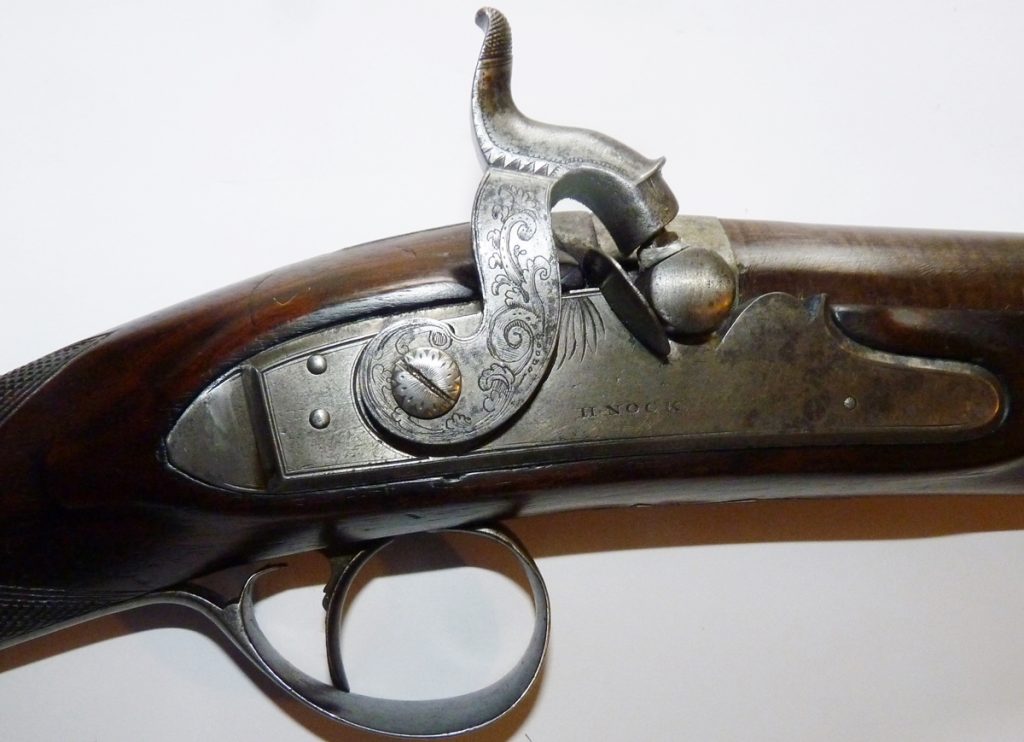
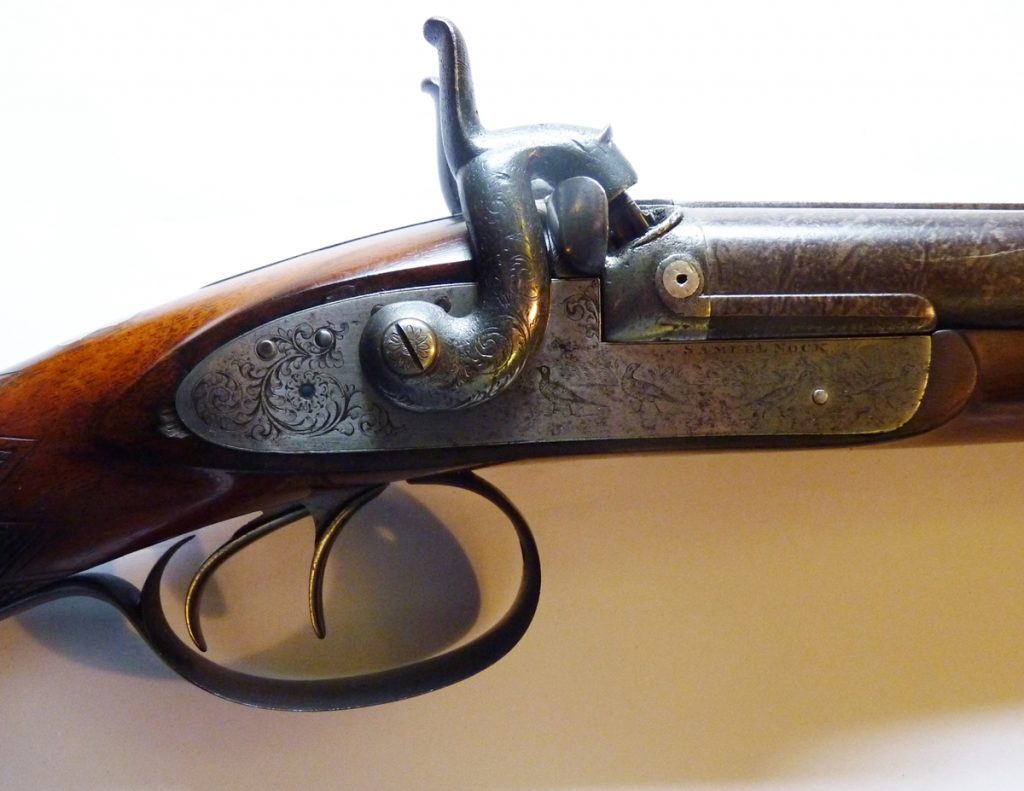
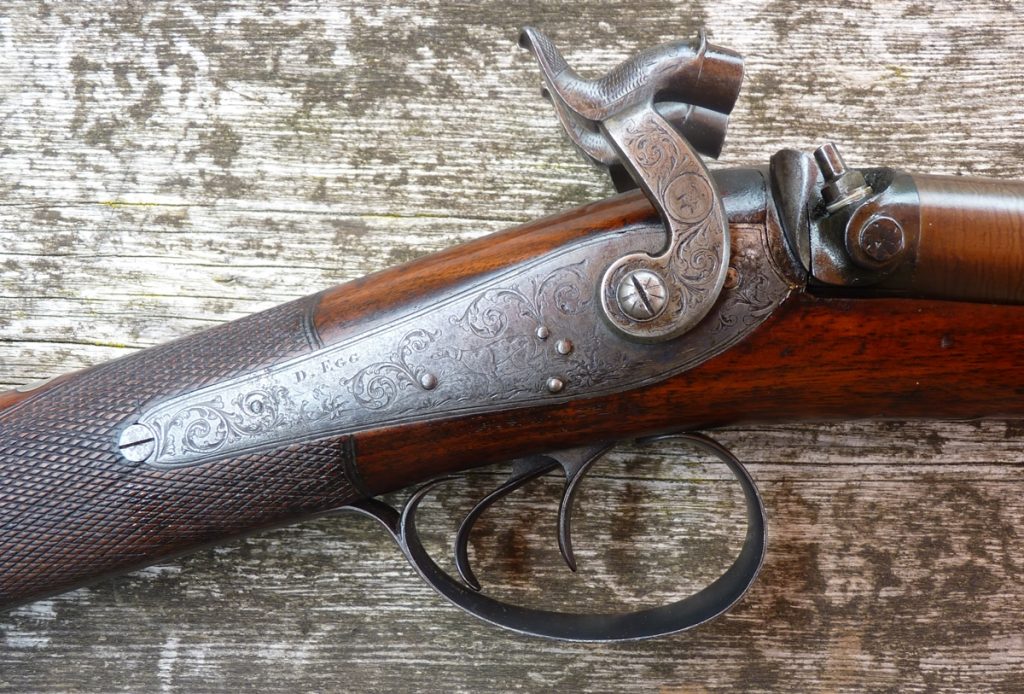
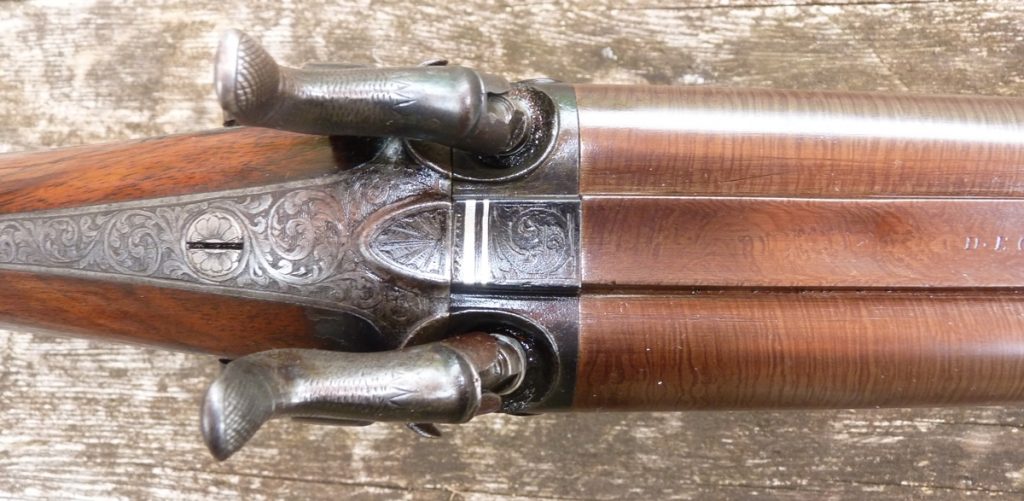
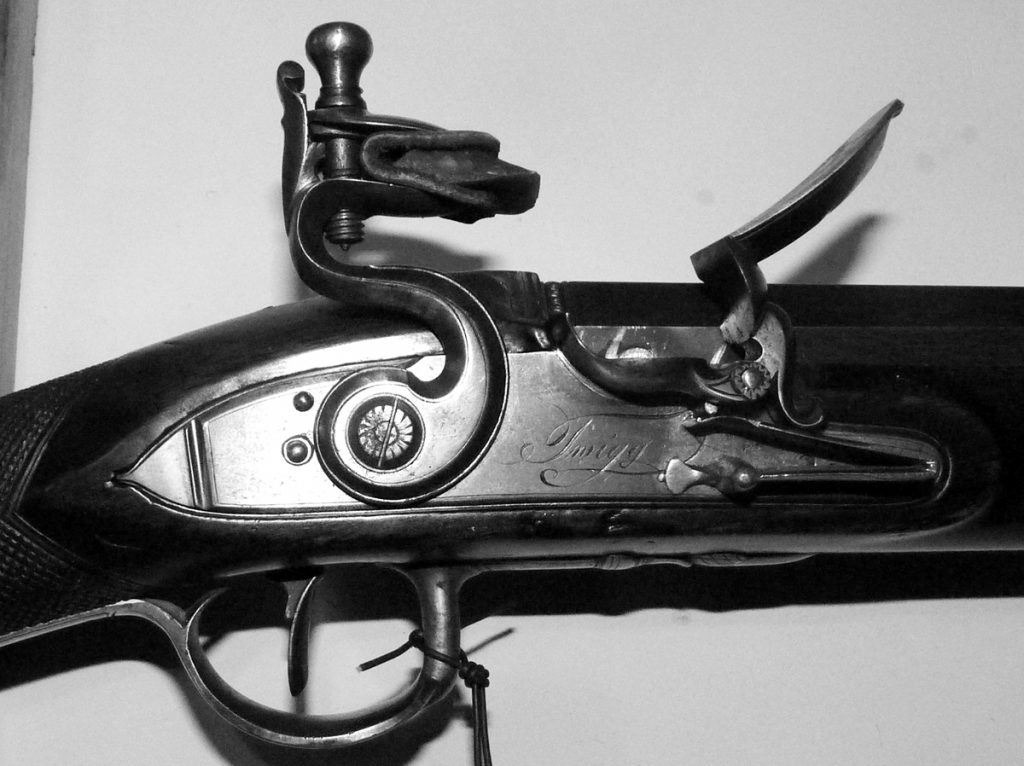
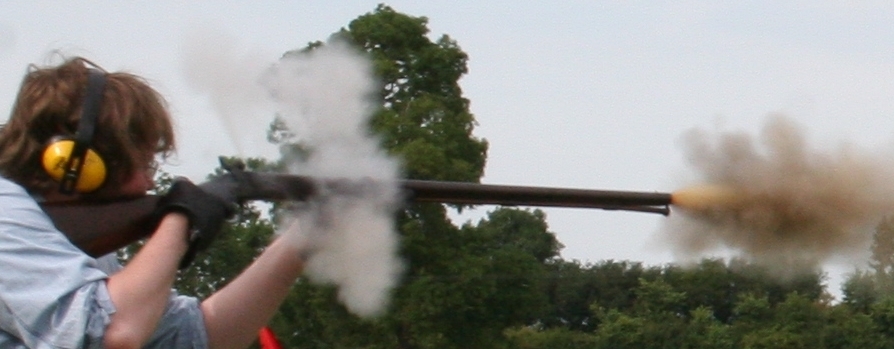
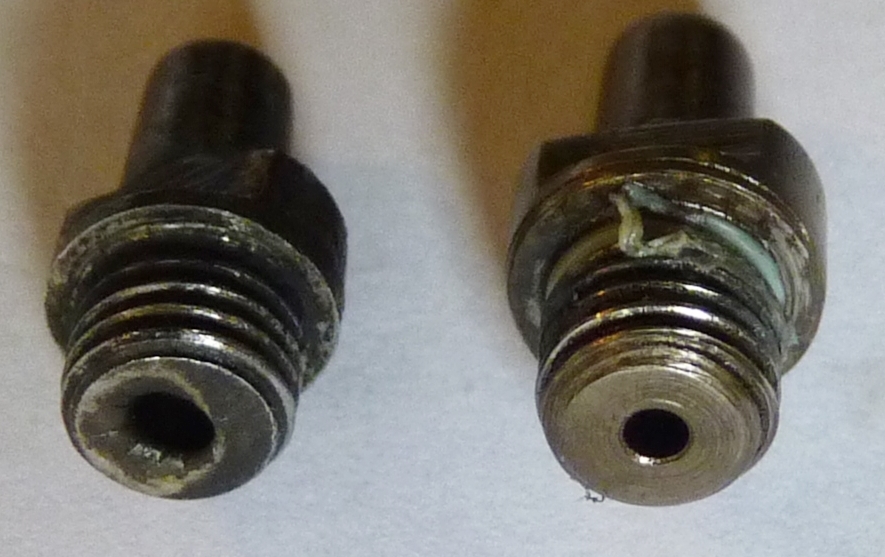

Sir, you wrote – ‘For shotguns you need to put an antique gun on a Shotgun certificate before you shoot it (at which point it becomes a Section 1 firearm)’.
This statement is incorrect.
It is TRUE that you must put it on your shotgun certificate in order to legally shoot it, but a shotgun certificate is a SECTION 2 [Shotgun] Certificate.
Unless the barrel is shorter than 24 inches, or it suddenly becomes rifled, then is will NEVER need to be put on a Section 1 Firearms Certificate, which is for firearms with RIFLED barrels, or for any smoothbore firearms with a barrel less than 24″ long.
hi, You are of courst right – not sure why it came out wrong – probably half asleep when i wrote it!